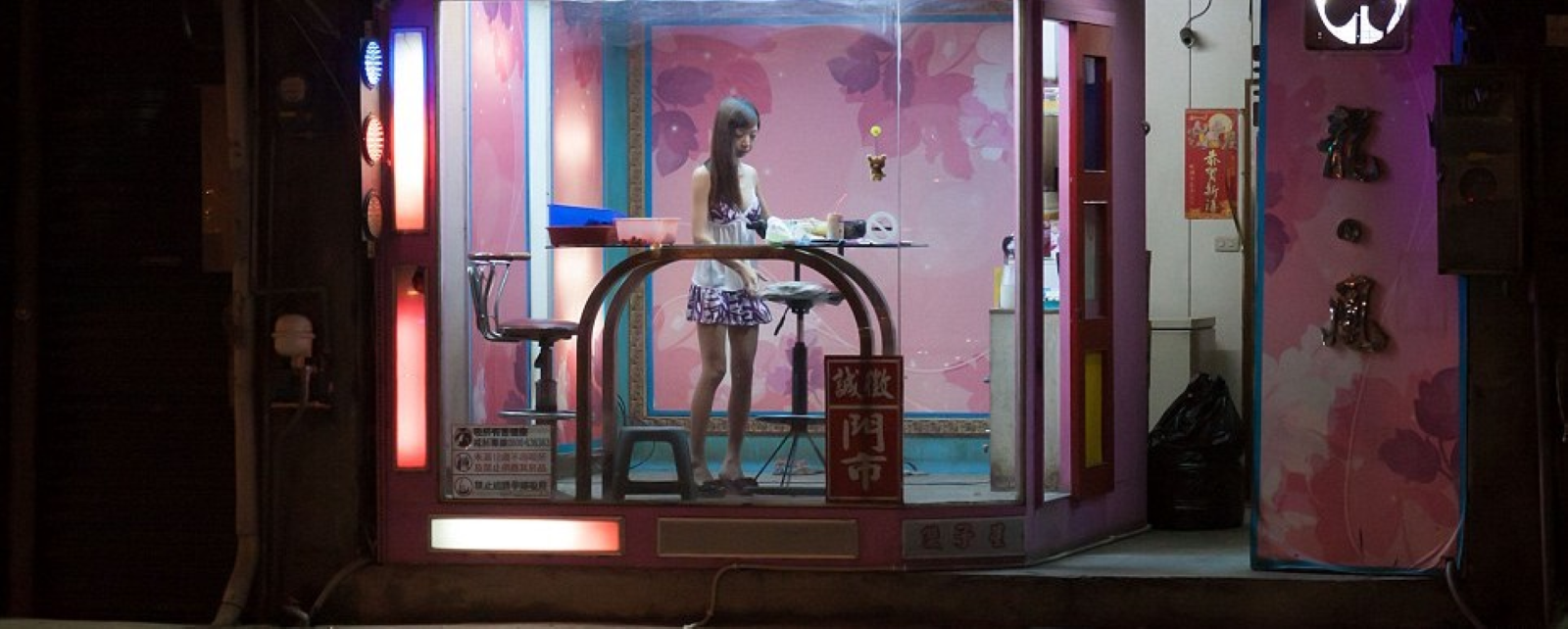
Beetle Nut Beauties of Taiwan – A Neon-Lit Debate
Beetle Nut Beauties are found in glass roadside booths glow after dark where young women sell areca nuts in eye-catching outfits. Supporters call it local color and quick income; critics raise concerns about objectification, safety, and health harms. This guide breaks down the culture, the work, and where policy is heading.
Betel Nut Beauties and the Cultural Debate in Taiwan
Betel nut has a long track record on the island. The modern “beauty booth” format—glass walls, bright LEDs, and minimal outfits—turned a common stimulant into a roadside spectacle. For a neutral overview of how the scene took shape and how it looks today, see this background on betel nut beauties, which outlines the booths, typical sales, and public reactions over time.
Work, income, and choice
The appeal is simple: steady demand from drivers and truckers, late-hour tips, and a pay ceiling higher than many entry-level roles. The job is still retail—long shifts, weather exposure, and the pressure to attract stops. Workers describe a mix of agency and constraint: they choose the gig and the style, yet sales often reward showing more skin. That tension fuels ongoing debate in media, art, and everyday talk.
The “naughty” roadside aesthetic
The look is a sales tool. Short skirts, heels, and neon make drivers notice the booth at speed. The tease is part of the brand, and the line between playful and exploitative is where arguments flare. Some booths lean into a glossy, pop-culture vibe, trading on style as much as product. The most visible case is Taipei’s “Baby Betelnut,” which turned the stand into a social media brand; see this TaiwanPlus report on the influencer shift for how merchandising and online clips have reshaped the image.
Safety and the road
Driver distraction is a real concern where booths sit near busy junctions. Operators who care about repeat business often add simple controls: better lighting for visibility, clear pull-in space off the lane, and rules against lingering at the window. These small steps reduce risk without changing the core pitch. Still, placement and enforcement matter more than promises—local authorities step in when stands cause traffic issues.
Health risks tied to the product
Whatever one thinks of the outfits, the nut itself is not harmless. Areca use is linked to oral cancer and oral submucous fibrosis. These links are well reported in global reviews. If you need a primary source, see the IARC update on arecoline and related risks, which sits within the WHO family of cancer research. This is the core public-health reason the trade draws scrutiny even where booths operate safely.
Law and policy: what may change
Taiwan is moving toward tighter rules that target harm rather than banning booths outright. Health officials have pushed measures to block sales to minors and pregnant women and to set betel-free zones in public spaces. A clear summary appears in this Taiwan News report on draft restrictions, which explains the intent and the carve-outs for Indigenous cultural use. Expect more enforcement around placement, labeling, and promotion if the package advances.
Gender, agency, and respect
Arguments about objectification can miss the basic workplace needs that matter on shift: fair pay, the worker setting her own dress code, security cameras that point outward, a panic button, and a rule that customers stay outside the booth. Framing the issue this way turns a culture war into workplace safety and consent, which is easier to fix and measure.
How to beat the current top results
Readers want quick answers and proof. Lead with a clear summary, split the page by intent (culture, income, safety, health, law), and support key claims with high-trust links. Use one overview link, one health authority link, one current policy link, and one fresh culture link—the four you see above. This mix covers “what it is,” “why it’s hot,” “is it safe,” and “what’s next,” which aligns with search and generative answers.
Beetle Nut Beauties
What is a betel nut beauty?
A roadside seller who works from a lit glass booth and often wears revealing outfits to attract drivers.
Why is the look so bold?
The styling is a sales tactic meant to grab attention at night and increase stop-ins.
Is betel nut safe to chew?
No. Areca use is tied to oral cancers and other disease risks (see the IARC source linked above).
Are new rules coming?
Taiwan is advancing limits on use by minors and pregnant women and adding public betel-free zones (see the Taiwan News link).
Is the scene changing?
Yes. Some stands now build influencer-style brands and rely on online reach as much as roadside sales (see the TaiwanPlus link).
::contentReference[oaicite:0]{index=0}


